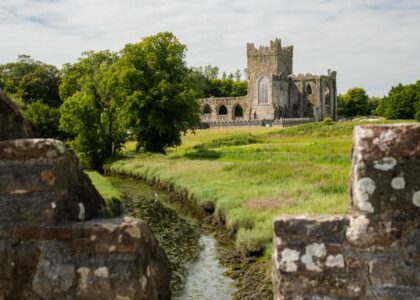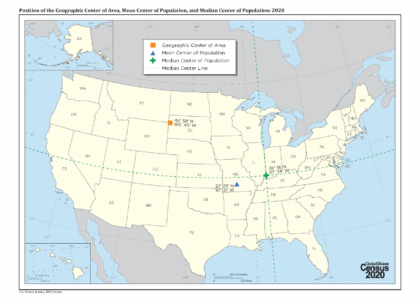Welcome to Clarendon, Arkansas, a town with a rich tapestry of history woven through its streets and landmarks. Nestled along the banks of the White River, Clarendon was founded in the early 19th century, with its origins tracing back to the year 1828. It began as a small settlement, catering to the needs of travelers and traders navigating the river. By the mid-19th century, Clarendon had grown into a bustling hub of commerce, largely due to its strategic location as a river port.
One of the pivotal moments in Clarendon’s history came in 1927, a year that would forever alter the landscape of the town. The Great Mississippi Flood of 1927 was one of the most devastating natural disasters in American history, and Clarendon was not spared from its fury. As the White River swelled beyond its banks, the town was engulfed in a deluge that displaced families, destroyed homes, and reshaped the community. The floodwaters left a lasting impact, prompting changes in flood management and inspiring future resilience in the face of natural calamities.
Throughout its history, Clarendon has been home to notable figures who have left their mark on the town and beyond. One such individual was James Paul Clarke, who served as the Governor of Arkansas from 1895 to 1897 and later as a U.S. Senator until his death in 1916. His contributions to the state’s political landscape were significant and his legacy is intertwined with Clarendon’s own story.
Over the decades, Clarendon has evolved, adapting to the changing times while preserving its historical roots. The town’s architecture reflects a blend of its past and present, with structures that whisper stories of yesteryear. The Clarendon Courthouse, for instance, stands as a testament to the town’s enduring spirit and serves as a focal point for community events.
In the broader context, Clarendon’s story is one of resilience and adaptation. The town has played its part in the tapestry of American history, from its early days as a river port to its recovery and rebuilding post-flood. It remains a symbol of the enduring human spirit, a place where history is not just remembered but lived through the tales passed down through generations.
Today, Clarendon continues to be a vibrant community, embracing its heritage while looking towards the future. Visitors and residents alike find a connection to the past in its quiet streets and historical sites, making it a place where history is felt as much as it is seen.






